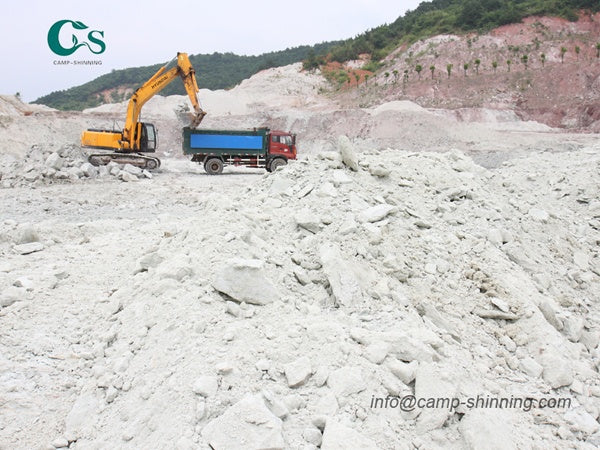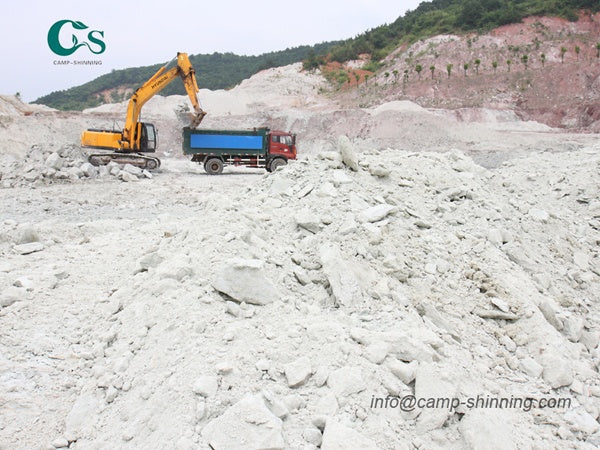
What is bentonite?
| Doris Chen
Bentonite, also known as bentonite rock or porphyry rock, is a kind of clay rock with montmorillonite as the main component. The sodium bentonite deposit in Wyoming, Dakota and Montana was discovered in 1888, which is the first bentonite deposit discovered and utilized in the world.No matter the scale of the deposit and the quality of the ore, the bentonite produced in this area is still unparalleled in the world. "Bentonite" originally refers to the green yellow, very sticky and swelling clay material produced in this area.It was discovered and described by Knight, an American geologist. It was named after ‘FortBenton’, a Na-bentonite producing area near the embankment mountain and river in Wyoming, USA.Thereafter, some people referred to all clay materials with some physical properties of bentonite as bentonite.

The main mineral of bentonite is montmorillonite. The features of montmorillonite determine the basic properties of bentonite. The secondary clay minerals include illite, kaolinite, halloysite, chlorite, hydroaluminite, etc. illite, chlorite and kaolinite can be mechanically mixed with montmorillonite, and can also form into regular or irregular interlayer minerals.Non clay minerals include clinoptilolite and analcite, , tonalite, quartz, opal, feldspar, pyrite, gypsum, calcite, attapulgite, iron oxide, volcanic debris, crystal debris, terrigenous debris, some nitrate and chloride, etc.
Montmorillonite crystal is a 2:1 type layered silicate mineral, which is composed of two silicon oxygen tetrahedral sheets and one aluminum (magnesium) oxygen (hydroxyl) octahedral sheet that is sandwiched between them.The silicon oxygen tetrahedron sheet is a series of silicon oxide wafers with approximate hexagonal ring grid which are connected into a series of approximate hexagonal ring meshes by sharing the oxygen at the three vertices of the silicon oxygen tetrahedron in the same plane with the adjacent silicon oxygen tetrahedron;Al (mg) O (OH) octahedral sheet is a Hexacoordinated Al (mg) O (OH) octahedral sheet with Al (mg) as the central atom and two hydroxyl groups in the same plane with the four oxygen vertices of the tetrahedral sheet opposite each other,these octahedrons coordinate with each other by O (or oh) to form Al (mg) O (OH) octahedral sheet,a small amount of si4 + is replaced by A13 + isomorphism in tetrahedron and few Al3 + is replaced by Mg2 + isomorphism in octahedron.Therefore, permanent negative charges are generated between the layers of montmorillonite crystals,It can adsorb cations in surrounding media(alkali metal ions or alkaline earth metal ions, organic cations, hydrogen ions, etc.),the adsorbed cations between the crystal layers can be exchanged by other ions.It is called "interlayer domain" between the TOT unit layers of montmorillonite minerals. A structural unit layer plus an interlayer domain forms a "unit structure", and its height is called unit structure height or interlayer height.The interlayer height of montmorillonite is variable. The interlayer height of montmorillonite produced in nature is between 1.2 nm and 1.6 nm due to the type and proportion of hydrated cation adsorbed between the layers and the number of water molecules.
